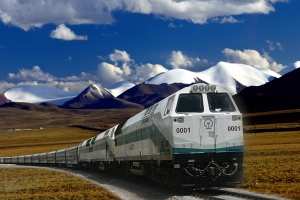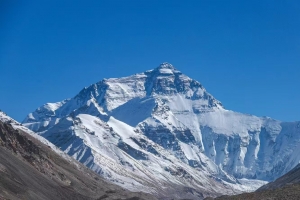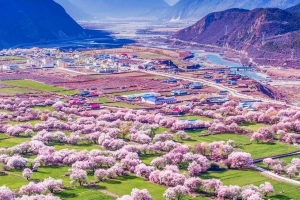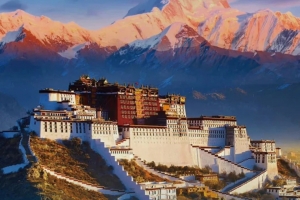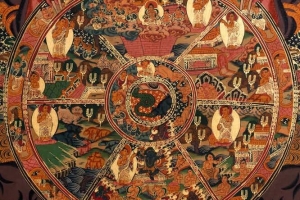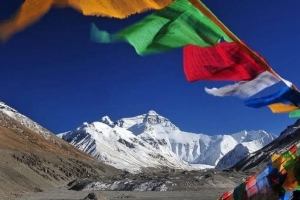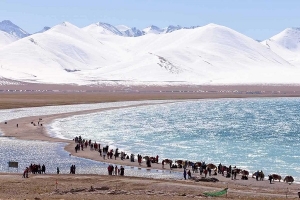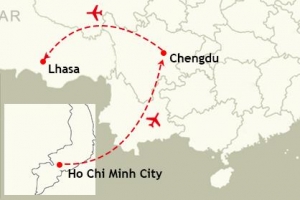Every photography enthusiast carries an image of Tibet in their heart. A place where snow-capped peaks meet endless blue skies, where crystal-clear lakes mirror the stars, and where daily life is soaked in devotion and tradition. Tibet is not only a land of breathtaking landscapes—it’s a spiritual sanctuary for photographers.
A photography journey through Tibet is more than just a trip filled with beautiful pictures; it’s a deep exploration of faith, nature, and self-discovery.
1. Why Choose Tibet as a Photography Destination?
Tibet offers a unique blend of high-altitude landscapes and rich cultural atmosphere, making it the perfect location for both natural and documentary-style photography.
Pristine Light and Clarity: The intense sunlight and crisp air on the plateau create stunningly vivid colors and strong contrast in every shot.
Diverse Scenery: From the towering Himalayas to the tranquil lakes of Namtso, from the stupas of Shigatse to the wild lands of Ngari—there’s no shortage of subjects.
Cultural Depth: Prostrating pilgrims, debating monks, hospitable herders—every person is a story waiting to be told.
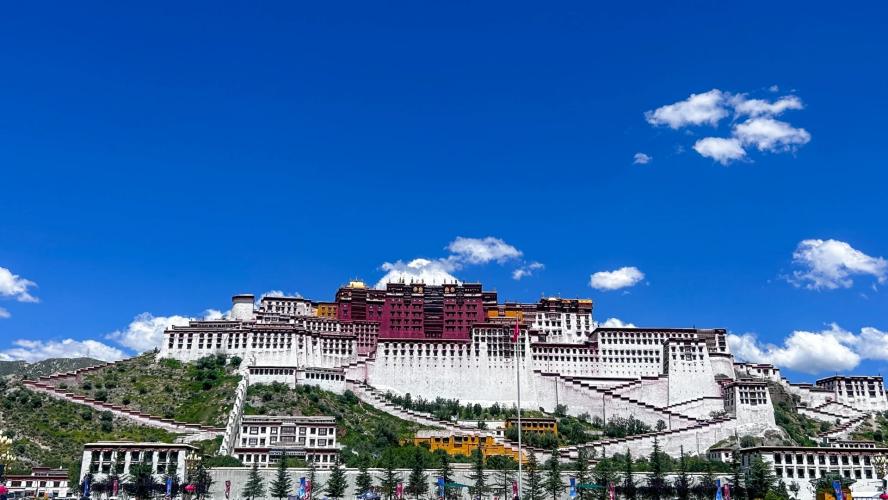
2. Recommended Itinerary: Classic Tibet Photography Route
Days 1–3: Lhasa and Surroundings
Locations: Potala Palace (sunrise/night views), Barkhor Street, Sera Monastery debates
Themes: Tibetan architecture, religious rituals, street and cultural life
Tip: For sunrise reflections of Potala Palace, visit Longwangtan Park; monk debates usually start around 3 PM.
Days 4–6: Namtso Lake + Yangbajing
Locations: Namtso Lake, Nyenchen Tanglha Mountains, lakeside starry skies
Themes: Natural landscapes, night sky, nomadic lifestyle
Tip: Bring a wide-angle lens and tripod—perfect for shooting the Milky Way and lake reflections.
Days 7–10: Shigatse + Everest Base Camp
Locations: Tashilhunpo Monastery, Everest viewing platform, Rongbuk Monastery
Themes: Snow-capped mountains, sunrise/sunset, distant trekking views
Tip: Best visibility is early in the morning—consider staying the night in Tingri or near Rongbuk Monastery.
Days 11–15: Ngari Kailash Pilgrimage Route (Advanced)
Locations: Mount Kailash, Lake Manasarovar, Lake Rakshastal, Zanda Earth Forest
Themes: Pilgrimage culture, dramatic wilderness, sacred landscapes
Tip: Recommended for experienced photographers. Acclimatization is critical due to extreme altitude.

3. Photography Equipment Suggestions
| Category | Recommended Gear |
| Camera Body | Full-frame camera (Sony A7 series, Canon R5, Nikon Z8) |
| Lenses | 16–35mm (landscape), 24–70mm (street/culture), 70–200mm (telephoto) |
| Accessories | Tripod, ND filters, polarizers, extra batteries ×3, weatherproof bags |
Extra Tips:
Bring multiple memory cards—cloud backup is unreliable in remote areas.
Pack hand warmers and anti-fog lens cloths—night shoots can be freezing.
4. Creative Inspiration: Moments Worth Capturing in Tibet
- Echoes of Faith: Pilgrims prostrating on their journey, monks chanting in temples
- Architectural Lightplay: Sunlight pouring over white-walled red-roofed monasteries, Potala Palace silhouettes at night
- Natural Wonders: Namtso sunrise, Everest shrouded in clouds, snowcapped Kailash
- Pastoral Life: Herding scenes, butter tea making, drying yak cheese, traditional dancing
- Festivals and Rituals: Thangka unfolding during Shoton Festival, New Year customs, pilgrimages during Saga Dawa
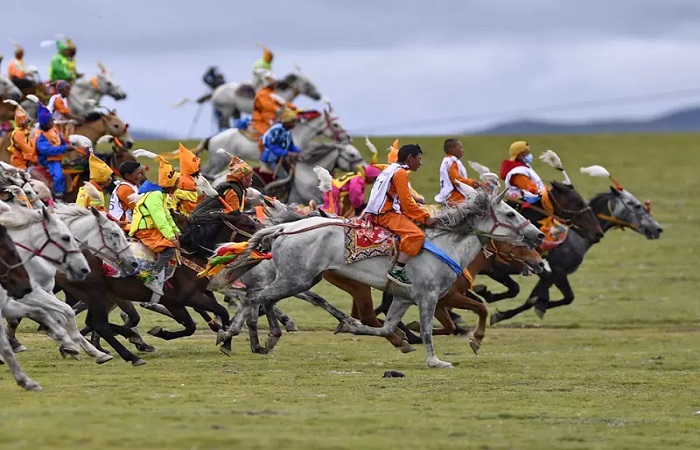
5. Best Seasons for Photography
| Season | Highlights |
| Spring (Mar–May) | Peach blossoms in Nyingchi, snow peaks, vibrant landscapes |
| Summer (Jun–Aug) | Green grasslands, full lakes, clear starry nights |
| Autumn (Sep–Oct) | Stable weather, crisp air, rich colors |
| Winter (Nov–Feb) | Quiet solitude, pure snowy scenes, minimalistic compositions |
6. Tips for Shooting at High Altitude
- Don’t rush into intense shooting on arrival—take 2 days to acclimate
- Keep batteries warm and spares handy—cold drains them fast
- Avoid taking close-up shots of monks or pilgrims without permission—respect their privacy
- The more you engage with locals, the deeper your photographic storytelling becomes
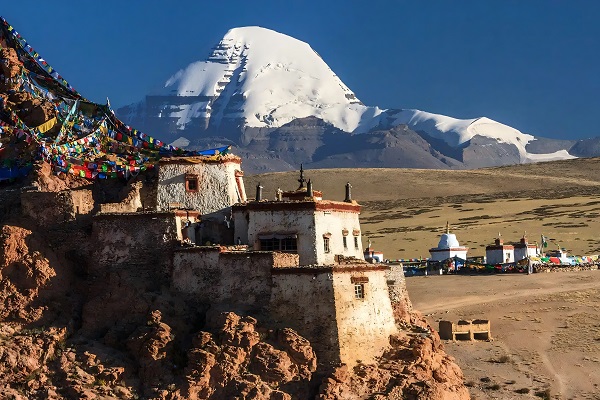
Photographing Tibet Is Also a Journey Within
The beauty of Tibet lies not only in the photos you take, but also in the emotions you feel behind the lens. It’s a place of raw nature and profound spirituality. When you carry your camera into this sacred land, you’re not just documenting what you see—you’re capturing your reverence for the world and your understanding of life.
If you’re ready to experience Tibet not just as a traveler, but as a storyteller behind the lens, let Journey2Tibet be your trusted guide. With customized photography routes, expert local guides, and deep cultural insight, we help you go beyond the typical postcard shots—so you can truly connect with the land, the light, and the lives that define the plateau.
Next time, don’t just “see” Tibet—capture its soul with Journey2Tibet.

